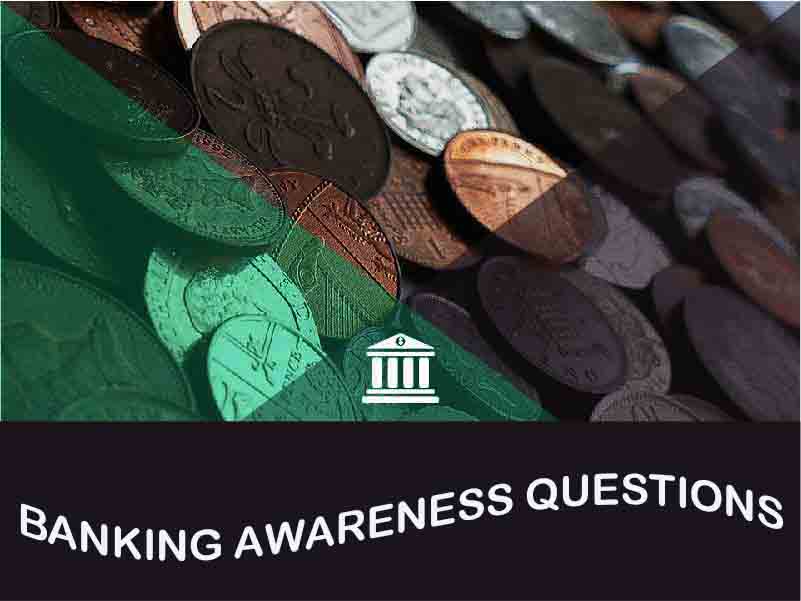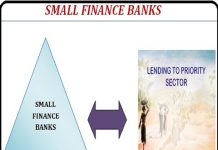Monetary Policy Tools of RBI
Hello Friends,
As you all know that major functions of RBI (Reserve bank of India) is to control inflation and liquidity in the economy.So, we are here with discussion regarding various tools with RBI that directly impacts the money supply in the economy.
Statutory liquidity ratio:
This is the percentage of liabilities and time deposits that commercial banks need to keep with them in form of cash, gold or government approved securities.
Impact of increase in SLR
Commercial banks need to keep more liquid funds → Provides less loans to people → Lower demand for good sand services → Lower prices
Impact on decrease in SLR
Commercial banks need to keep less liquid funds → Provides more loans to people → Higher demand for good sand services → Higher prices
Cash Reserve Ratio
CRR is the minimum percentage of deposits with commercial banks that they need to deposit with the central bank of RBI.
Impact of increased CRR
Positive impact – It is a quick fix to control inflation. By increasing CRR, commercial banks need to deposit more money with RBI. Thus commercial banks left with less money. Now loans become dearer, so people have less money. As
Less money with Commercial banks → Less money with people → Lower demand for goods and services → Lower prices
Higher CRR simply sucks money from the economy.
Impact of decreased CRR
More money with Commercial banks → More money with people → Higher demand for good sand services → Higher prices
CRR should be aligned with supply and production levels. If people are producing more then they deserve to spend more. Decreased CRR provides a short term fix as it increases demand for short term.
Bank rate
It is a rate at which RBI lends money to commercial banks without any security.
Impact
When bank rate is increased interest rate also increases which have negative impact on demand thus prices increases.
Marginal Standing Funding
By this mechanism commercial banks can get loans from RBI for their emergency needs. Commercial banks can take loan only upto 1% of their liabilities and time deposits.
Open market operations
Buying and selling government securities and bonds in order to manage liquidity in the economy.
Impact of purchasing securities
More money in economy → More demand → Higher growth rate
Impact of selling
Less money in economy → Less demand → Lower prices
Repo and Reverse Repo rates
Repo rate
It is the rate at which RBI lends money to commercial banks against securities in case commercial banks fall short of funds.
Reverse Repo Rate
Rate at which RBI borrows money from commercial banks.
Impact
If commercial banks get more money they will lend more money to people which will lead more demand in economy. Thus prices will increase.
























